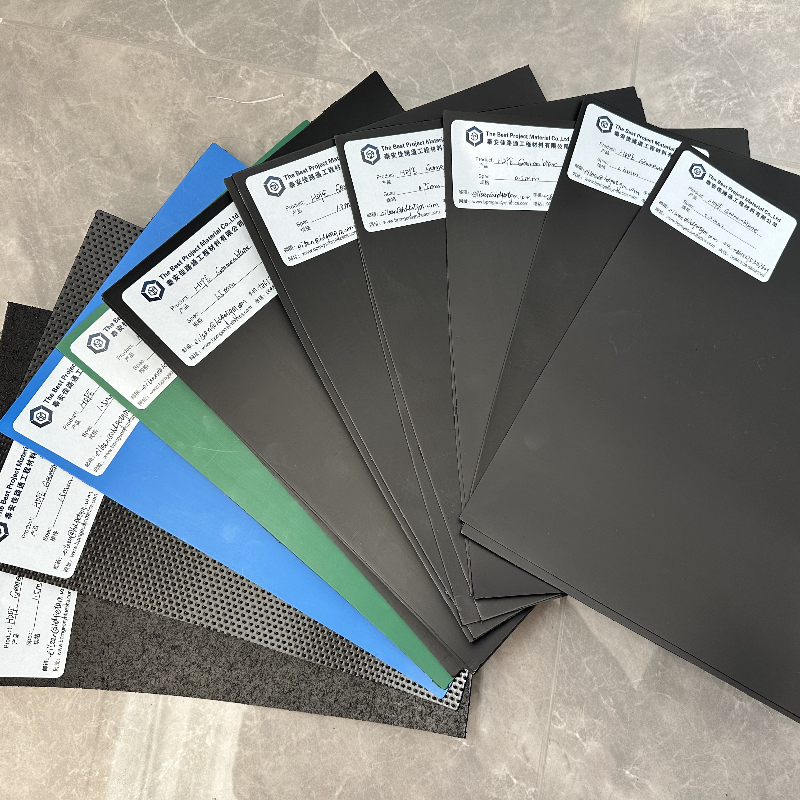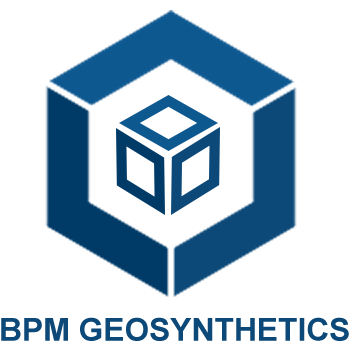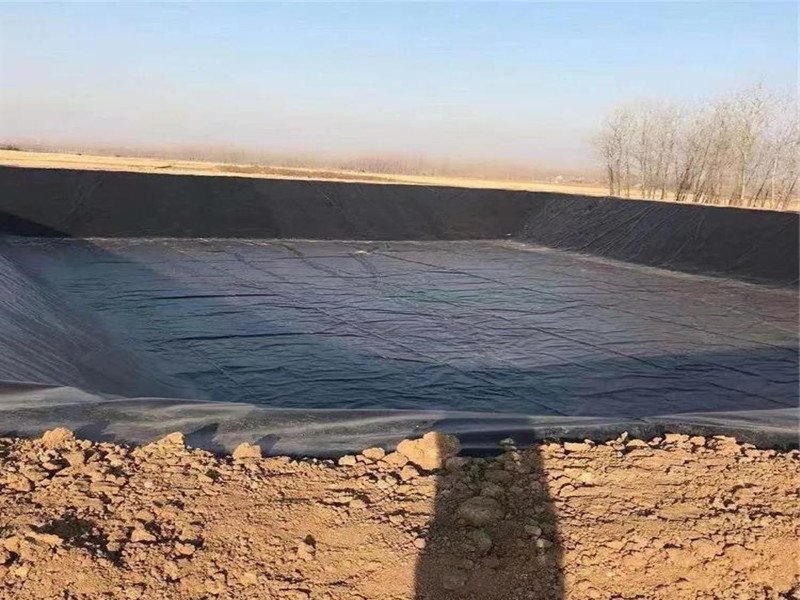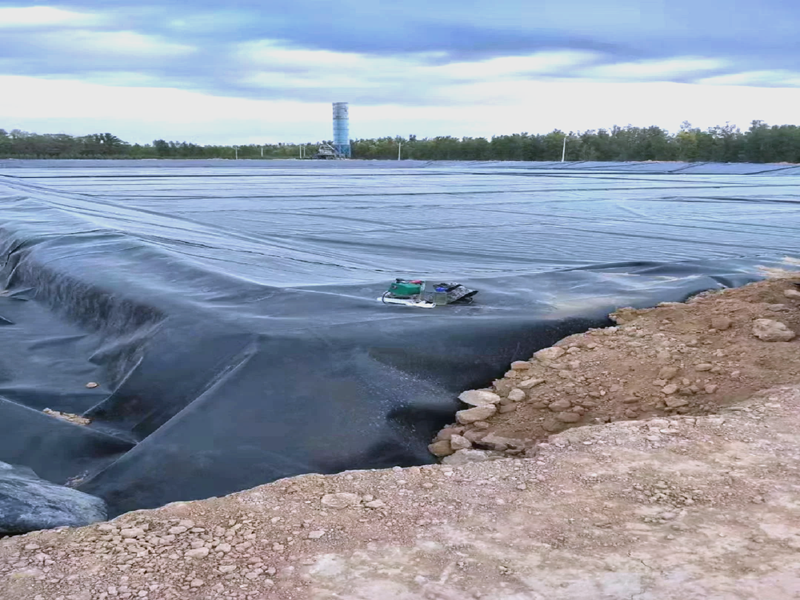High-Density Polyethylene (HDPE) liners are a popular choice for various containment applications due to their durability and versatility. The 20 mil HDPE liner, in particular, is widely used for projects ranging from ponds and landfills to agricultural canals and secondary containment systems. This article will explore the advantages and disadvantages of using a 20 mil HDPE liner, drawing insights from the comprehensive guide provided by BPM Geosynthetics.
1.What is 20 Mil HDPE Liner?
A 20 Mil HDPE liner refers to a geomembrane liner made of High-Density Polyethylene (HDPE) that has a thickness of 20 mils, which is equivalent to 0.020 inches or approximately 0.5 millimeters. This material is tough, resists chemicals, and doesn’t let water through. It’s great for ponds, reservoirs, lakes, and more.
Key features of 20 Mil HDPE Liner:
- Chemical Resistance:HDPE liners are highly resistant to a wide range of chemicals, making them ideal for containing hazardous substances.
- UV Resistance: HDPE liners have inherent UV resistance, which helps them withstand prolonged exposure to sunlight without degrading.
- Low Permeability: The impermeable nature of HDPE prevents the passage of liquids and gases, crucial for applications like landfill liners and chemical containment
- Flexibility: The material is flexible, allowing it to conform to the shape of the pond or water feature without compromising its integrity.
- Ease of Installation: These liners are relatively easy to install, making them suitable for DIY projects or professional installations.

2.What are the advantages of 20Mil HDPE Liner
20mil HDPE liners offer several advantages due to their unique properties and characteristics. Here are some key advantages of using 20mil HDPE liner.
2.1.Cost-Effectiveness
- Lower Material Cost:The 20mil HDPE liner is relatively inexpensive compared to thicker liners, making it a cost-effective solution for projects with budget constraints.
- Long Lifespan: With proper installation and maintenance, a 20 mil HDPE liner can last for decades, providing long-term value.
2.2 Durability
- Tear and Puncture Resistance: 20mil HDPEliner is known for its high tensile strength and resistance to tears and punctures.
- Chemical Resistance:20mil HDPE liners are highly resistant to a wide range of chemicals, making them ideal for containing hazardous substances.
2.3 Environmental Protection
- Impermeability: The low permeability of HDPE ensures that liquids and chemicals do not seep through the liner, protecting the underlying soil and groundwater.
- UV Resistance: HDPE liners have inherent UV resistance, which helps them withstand prolonged exposure to sunlight without degrading.
2.4 Ease of Installation
- Flexibility: HDPE liners are flexible and can be easily installed in various shapes and sizes. They can be used in both horizontal and vertical applications.
- Wide Roll Sizes: The availability of wide roll sizes reduces the number of seams required, making the installation process faster and more efficient.
2.5 Versatility
- Multiple Applications: The 20 mil HDPE liner can be used in a variety of applications, including ponds, landfills, agricultural canals, and secondary containment for chemicals

3.What are the Disadvantages of 20Mil HDPE Liner
While 20mil HDPE liners have numerous advantages, there are also some potential disadvantages associated with their use. Here are a few drawbacks of 20mil HDPE liners.
3.1 Lower Puncture Resistance
While 20 mil HDPE liners offer good protection, they may not be suitable for applications with high puncture risks. Thicker liners (60 mil or higher) are recommended for such scenarios.
3.2 Limited Durability in Extreme Conditions
In extremely harsh environments, such as those with heavy machinery or sharp rocks, a 20 mil liner may not provide sufficient durability.
3.3 Susceptibility to UV Degradation
20 Mil HDPE liners are susceptible to UV degradation, which can weaken the material over time with prolonged sunlight exposure, compromising its lifespan and structural integrity.
3.4 Installation Sensitivity
Thinner liners like 20 Mil HDPE require precise installation to avoid problems like wrinkling or folding. Improper installation can hinder the liner’s effectiveness in containing liquids and chemicals.
3.5 Site Preparation
The installation site must be carefully prepared to ensure a smooth, debris-free surface. Any imperfections can compromise the liner’s integrity
3.6 Limited Application Range
20 Mil HDPE liners may not meet requirements for high puncture resistance or durability. Thicker alternatives are advised for projects needing more robust liners for long-term performance.

Summary
The 20 mil HDPE liner offers a range of advantages, including cost-effectiveness, durability, and versatility, making it suitable for a variety of applications. However, it also has some limitations, particularly in terms of thickness and long-term UV exposure. When considering a 20 mil HDPE liner for your project, it is essential to weigh these advantages and disadvantages carefully to ensure it meets your specific needs. Consulting with experts in the field, such as those at BPM Geosynthetics, can help you make an informed decision and achieve optimal results. If you have any additional questions, please feel free to contact us.



